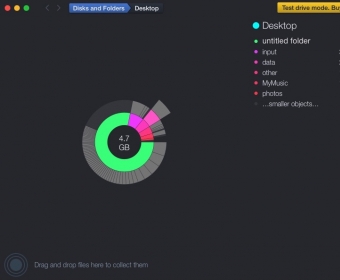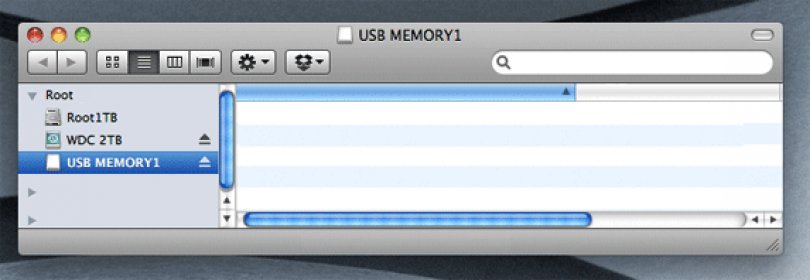
Here instead of a thin layer of water sandwiched by the soap molecules, the water-oil interface has been stabilized with micron-sized particles. The authors use tiny (smaller than a micrometer!) dumbbell-shaped particles with different surface properties to stabilize an oil-in-water emulsion (see note ).

Knowing the stiffness of these particle-coated interfaces, say in the form of capsules, would enable us to use them for different controlled-release applications such as treating a narrowing artery as well as tune them to have different flow properties. They utilize a direct approach of applying force on such a stabilized interface to study its mechanical response that has eluded earlier techniques.

In this post, we’ll look into the work by Niveditha Samudrala and her colleagues on measuring the mechanical properties of a particle-stabilized interface. But if we make such a capsule how can we measure its mechanical response? For instance, if a capsule needs to travel in blood-stream for therapeutic purposes, it must be tough enough to withstand blood pressure without rupturing. Using particles to stabilize an interface allows them to tailor the mechanical and chemical properties of the interfaces to fabricate capsules. In soft matter, sometimes scientists utilize materials such as solid macroscopic particles instead of soap molecules to reduce the surface tension of an interface. Eventually, you’ll reach the limit of the added stretchiness, and the bubble will burst, engraving in your memory its fragile nature.Ī typical air bubble made out of a water-soap mixture (Figure courtesy of Gilad). As you blow more and more air into a bubble, the bubble will grow larger and larger as the thin layer stretches. By adding soap to water, we can lower the surface tension of the water, allowing us to stretch this water-air interface to form a thin water sheet.

Water has a very high surface tension (that’s why bugs can walk on water) making it difficult to stretch to form a thin water layer that we see when bubbles form. But have you ever wondered how bubbles form and what keeps them stable? The key to making bubbles is surface tension, the tension on the surface of a liquid that comes from the attractive forces between the liquid molecules. Most of us have had the childhood experience of blowing bubbles. Original paper: Mechanical stability of particle-stabilized droplets under micropipette aspiration


 0 kommentar(er)
0 kommentar(er)
